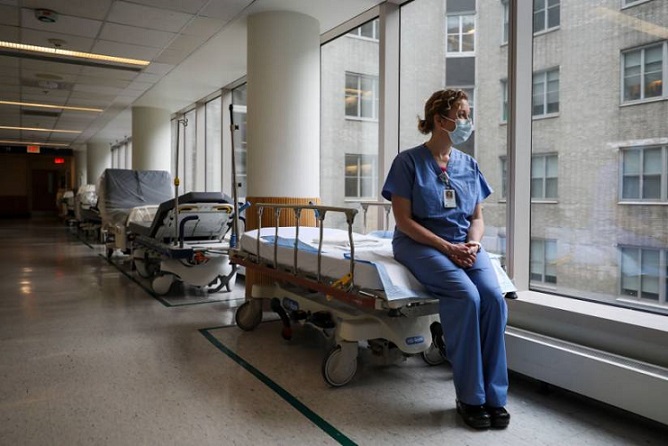by Dave Muoio | November 4, 2021
For months, hospitals large and small have sounded the alarm on a labor crisis that is threatening their ability to maintain care services and jeopardizes their longer-term financial stability.
Nationwide hospital employment has dropped by nearly 94,000 people since February 2020, with about 8,000 of those workers disappearing from August to September of this year, according to the Bureau of Labor Statistics.
Unit turnover has increased from 18% prior to the pandemic to 30%, while overtime pay and the cost of contract workers will likely cost hospitals an extra $24 billion for clinical labor in 2021, according to a recent Premier Inc. analysis.
“For every healthcare leader, every hospital CEO, this is the most important question we are dealing with,” David Zaas, M.D., CEO of MUSC Health-Charleston Division and chief clinical officer of MUSC Health, said during a virtual policy briefing hosted by the American Hospital Association on Tuesday. “We’ve seen the toll. We’ve seen the fatigue. We’ve seen the challenges that it’s taken at work and at home as COVID has impacted our communities.”
As workers either leave the field or depart for higher-paying positions, smaller hospitals are placed in the difficult position of competing with well-funded systems for a limited pool of skilled employees.








